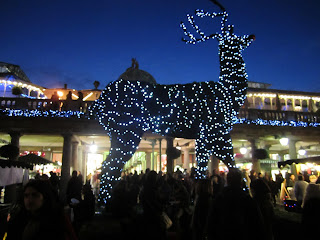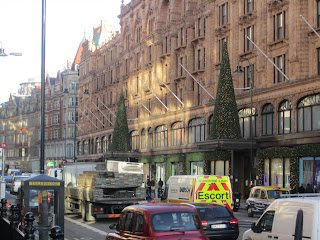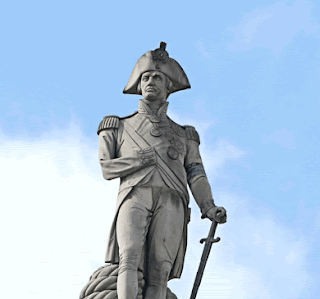Oh, how the Winter is arriving; the morning chill, the morning frost and dew, the cold wind that cuts your cheeks, big mitts, hand knitted scarves, a nice big woolly coat, and underneath? A mini skirt with warm woolly tights, or leggings or thick knee highs. A mini with any kind of shoe or boot, and just about anything on top.
And what about it being a whole lot easier to run for a bus for example. Well that’s a bit of what Mary Quant had in mind when she designed this practical yet fun and quirky fashion item that is known as the miniskirt.
The miniskirt is what defined Mary Quant in the 1960s. It was the height of the Mod fashion movement of the 1960s where everything was characterised by the rise in youth culture in Britain. Young people of all social classes had more independence, employment and money to spend.
As it still is today, back in the 60s, style and image were practically everything. You’d see it on television, in the shops, in magazines, on billboards, in advertising campaigns, the streets were overrun with fashion, fashion, fashion! And the transition from cinema screen glamour had become available to everyone.
It was the perfect time for Quant to launch her quirky clothes line.
Born and bred in London, Mary Quant brought fun and fantasy to fashion in the 60s. Her designs became a cult part of ‘The London Look’, with her sweater dresses, knee high white plastic lace up boots and so much more.
Mary Quant opened her first shop in 1955 on King’s Road in London and it was called BAZAAR. Its best sellers were small white plastic collars to brighten up black dresses or t-shirts. Quant has been cited as having said that it was the girls on King’s Road that invented the mini. She would wear her skirts short but her customers would always ask for shorter skirts. The ever evolving skirt had indeed decade by decade been getting shortly, and Quant was at hand to answer these requests. She turned this movement into a name, the mini, named after her favourite car the mini (with whom she worked with later on in her career).
In 1966 she was given an O.B.E (Order of the British Empire) by Queen Elisabeth II for her achievement with the miniskirt, and she also won the Piavola d’oro award in Italy in the same year.
And in 1991 she was appointed as an honorary member of the Royal College of Arts.
















 The Queen's house shows us the first introduction of Palladianism (Palladio's interpretation, as of the 17th century, was adapted to the style known as Palladianism) to British architecture at a time where the best native buildings in Britain were still in red-brick Tudor style.
The Queen's house shows us the first introduction of Palladianism (Palladio's interpretation, as of the 17th century, was adapted to the style known as Palladianism) to British architecture at a time where the best native buildings in Britain were still in red-brick Tudor style.